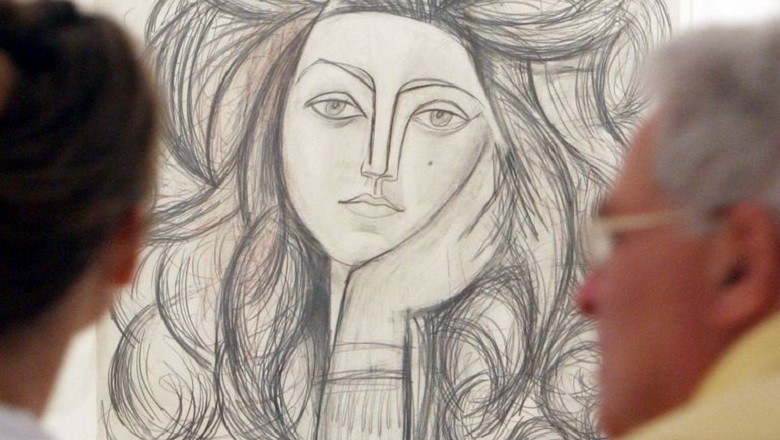
Experts uncover a secret in an iconic Picasso painting
Picasso as a child
Youth and talent of Picasso: Pablo Picasso, born in 1881 in Málaga, Spain, showed extraordinary artistic talent at a young age. His first words, as recalled by his mother, were "piz, piz," a shortened form of "lápiz" in Spanish, which announced his future as an artist. His father, also an artist, recognized his son's exceptional talent and nurtured it.

The mysterious face in 'The Old Guitarist': A careful analysis of "The Old Guitarist," particularly the area above the old man's ear, reveals two eyes and the faint outlines of another face. This intriguing detail piqued the curiosity of the Art Institute of Chicago, leading to an investigation to unveil the secret behind Picasso's famous painting.
Like father, like son
Picasso's artistic education under his father: Picasso's father began teaching him oil painting and figure drawing at the age of seven. It is said that at the age of 13, his father was so impressed by his son's remarkable abilities that he swore to stop painting himself.
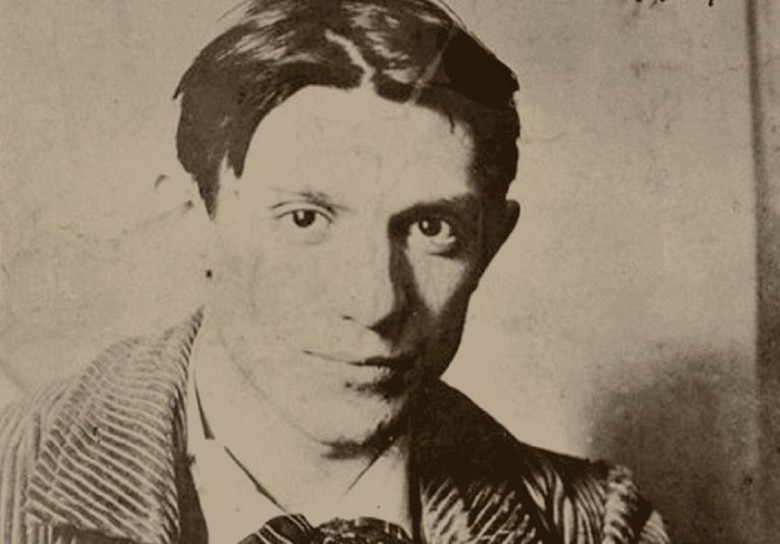
Art Institute research: The conservation department of the Art Institute of Chicago conducted a comprehensive analysis of "The Old Guitarist." Using X-ray technology, they were able to look beneath the surface of the painting and discovered not one, but two different hidden compositions beneath the visible image of the guitarist.
Feeling at home in Barcelona
Relocation to La Coruña and Barcelona: In 1891, the Picasso family moved to La Coruña, where the father obtained a position as a teacher at the School of Fine Arts. After four years, they relocated to Barcelona, a city that would become crucial to Picasso's artistic identity.

The first hidden image: The first hidden image beneath "The Old Guitarist" was the source of the ghostly eyes and face above the guitarist's ear. This underlying painting depicted a young naked woman sitting with a kneeling child by her side, breastfeeding.
Only needed one week
Picasso's education at the School of Fine Arts in Barcelona: At the age of 13, Picasso gained admission to the prestigious School of Fine Arts in Barcelona, where his father taught. Despite the family connection, Picasso had to pass the strict entrance examination like any other student.
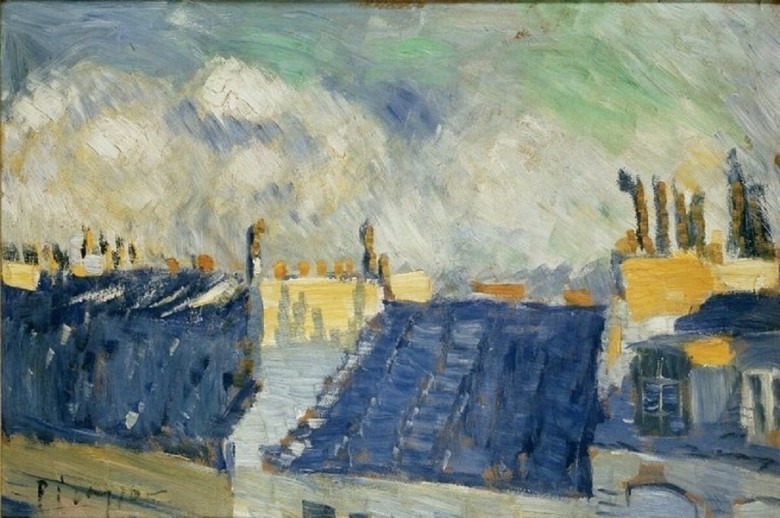
Picasso's sketch for Max Jacob: The hidden maternal scene in "The Old Guitarist" closely resembled a sketch Picasso sent to his friend, the French painter and poet Max Jacob. In his correspondence, Picasso mentioned that he was currently working on this painting.
Skipping classes
Picasso's move to Madrid and disinterest in formal education: At 16, Picasso's extraordinary abilities were evident. Encouraged by his father and uncle, he moved to Madrid to study at the Real Academia de Bellas Artes de San Fernando, the top art school in Spain.
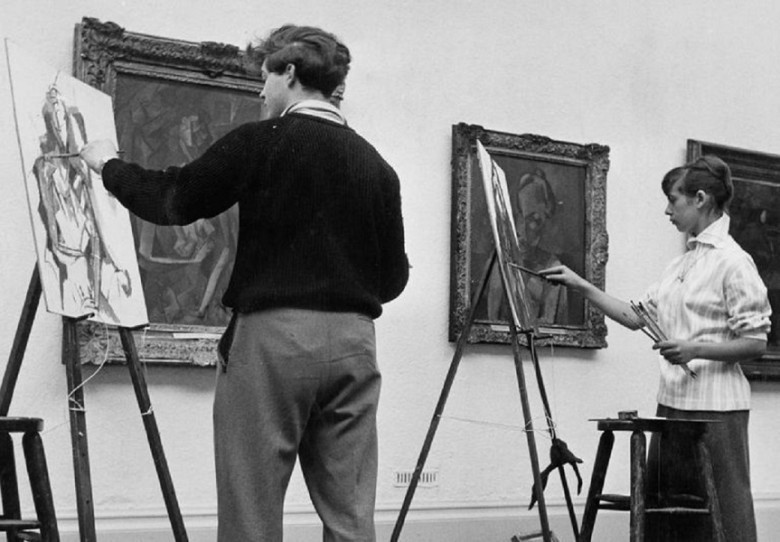
The second hidden image: The second hidden image behind "The Old Guitarist" depicted an old woman sitting with outstretched arms. This figure resembled a sketch Picasso made in the years 1902-03. The layering of these images suggested a complex creative process.
Fascinated by El Greco
Influence of Madrid and the Prado on Picasso: Despite his aversion to formal education, Madrid had a profound influence on Picasso. He frequently visited the Prado, Spain's national art museum, where he studied works by Spanish artists such as Francisco Goya, Diego Velázquez, and Francisco Zurbarán.
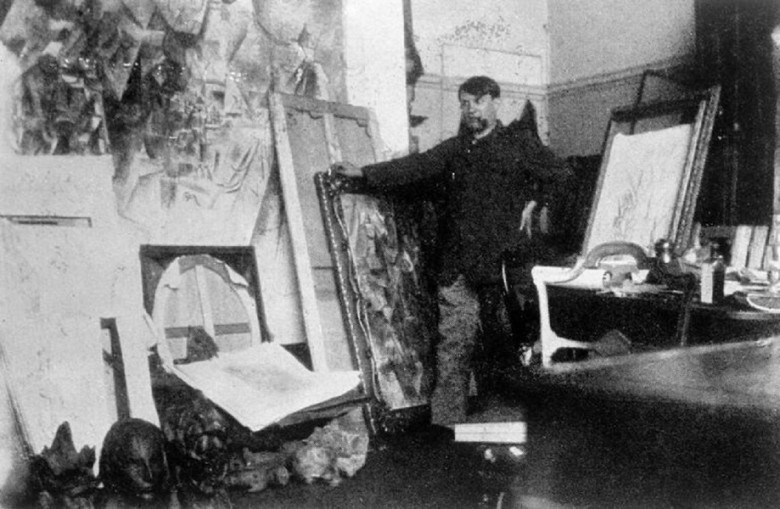
Unusual use of red: Interestingly, the painting of the woman and child featured a layer of red, a rarity for Picasso during his Blue Period. This red layer was embedded between two blue layers, corresponding to the other paintings.
Loved to experiment
Picasso's evolution from naturalism to a spirit of experimentation: Picasso's artistic journey began with a naturalistic approach to painting, evident in his early works from 1894. However, as his career progressed, he started to experiment with various styles, particularly incorporating elements of Surrealism and Cubism.
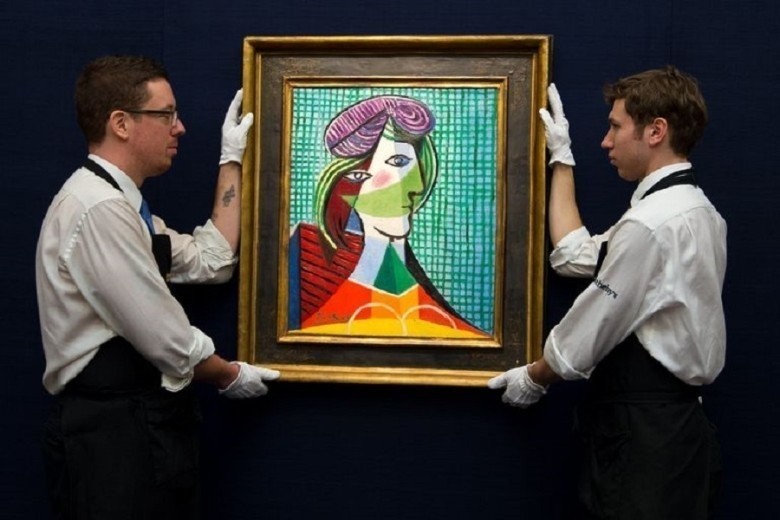
Reconstruction of 'La Femme Perdue': In 2019, scientists in London attempted to reconstruct the hidden image of the young woman and child that had been identified through X-ray technology in 1998. This effort brought Picasso's lost work, now known as "La Femme Perdue," to life years after its original discovery.
The Blue Period
The Blue Period: Lasting from 1901 to 1904, the Blue Period is one of the first major phases in Picasso's career. This period was characterized by a somber style and themes dominated by a monochromatic, predominantly blue and green color palette.

Reconstruction of 'La Femme Perdue' using neural style transfer: To reconstruct 'La Femme Perdue', scientists George Cann and Anthony Bourached from University College London utilized a technique called neural style transfer. This advanced technology employs neural analysis to recognize shapes and layers within a painting, allowing researchers to combine these elements with other works to approximate their original appearance.
Inspired by the death of a friend
Influence of Spain and the death of Casagemas: During the Blue Period, while primarily living in Paris, Picasso sought significant inspiration from his home country of Spain. An essential influence during this time was the tragic suicide of his beloved friend Carlos Casagemas in 1901.
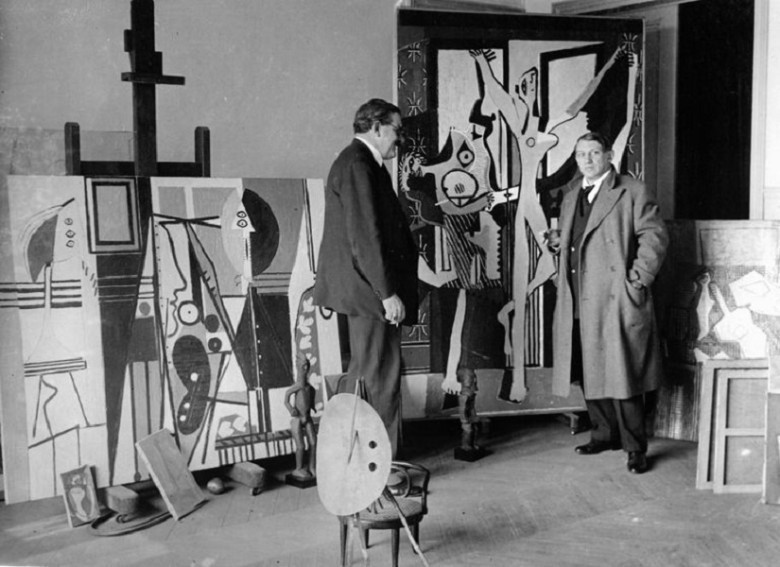
Scientific method explained in 'Raiders Of The Lost Art': In their 2019 article titled "Raiders Of The Lost Art," Cann and Bourached explained their innovative method for reconstructing lost artworks. They applied neural style transfer to X-ray images of paintings with concealed secondary works beneath the main surface.
Retreat from society
Depression and the onset of the Blue Period: Casagemas' suicide plunged Picasso into deep depression, causing him to retreat from his usual social circles. This emotional turmoil manifested in his art; he began employing cool and somber tones, marking the beginning of his Blue Period.

Expanding perceptions of Picasso's artistic process: In their research, Cann and Bourached aimed to expand understanding of an artist's intentions, mistakes, and thoughts by reconstructing hidden artworks beneath surface layers.
A hungry artist
Challenges during the Blue Period: Despite his initial success as an artist, Picasso faced challenges during his Blue Period. His focus on themes of poverty and the marginalized led to a decline in popularity. The bleak and melancholic nature of these works made them less appealing to buyers, resulting in financial difficulties for Picasso.
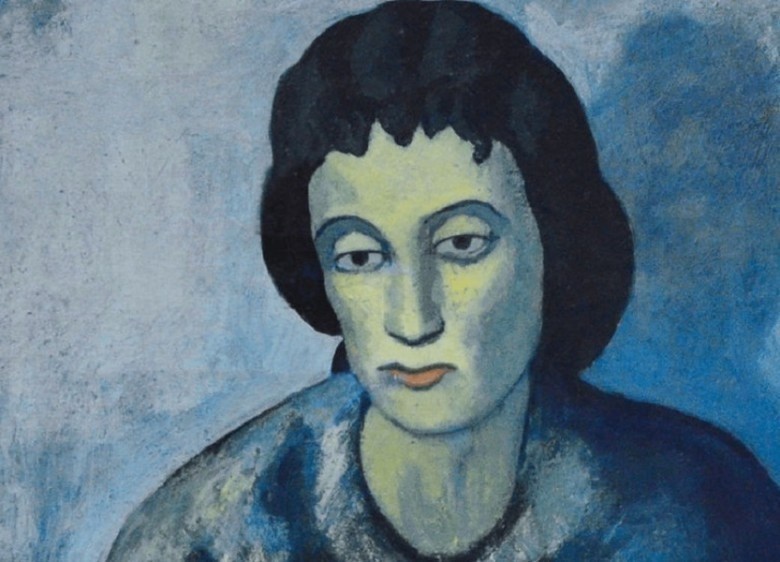
Picasso's practice of concealing artworks: "The Old Guitarist" is not unique in containing hidden images within Picasso's body of work. Picasso often left hints on the surface of his paintings, indicating the presence of other works beneath.
Some recurring themes
Themes of the Blue Period: Picasso's Blue Period was characterized by a focus on marginalized and oppressed subjects, including beggars, prostitutes, and street children. He often depicted old, frail, and blind individuals, capturing their vulnerability and despair.

Reuse of canvases among artists: Reusing canvases or panels is a common practice among artists, often motivated by the need to conserve materials and resources. Even after overcoming his financial difficulties following the Blue Period, Picasso continued to work over his paintings throughout his career.
One of his most famous paintings
'El Viejo Guitarrista': One of the most iconic works of Picasso's Blue Period is "El Viejo Guitarrista." Painted between late 1903 and early 1904, the painting depicts an old, blind musician dressed in rags, hunched over his guitar.

Hidden sketches in 'The Tragedy': Another example of Picasso's layered works is 'The Tragedy,' painted in 1903 during his Blue Period. This painting, portraying three somber figures on a beach, exhibited irregularities in the paint that hinted at something beneath.
A glimpse of hope
Color contrast in 'El Viejo Guitarrista': One notable aspect of "El Viejo Guitarrista" is the striking color contrast between the predominant blues and the brown guitar. Picasso's deliberate choice allows the guitar to stand out as a focal point in an otherwise monochromatic scheme.
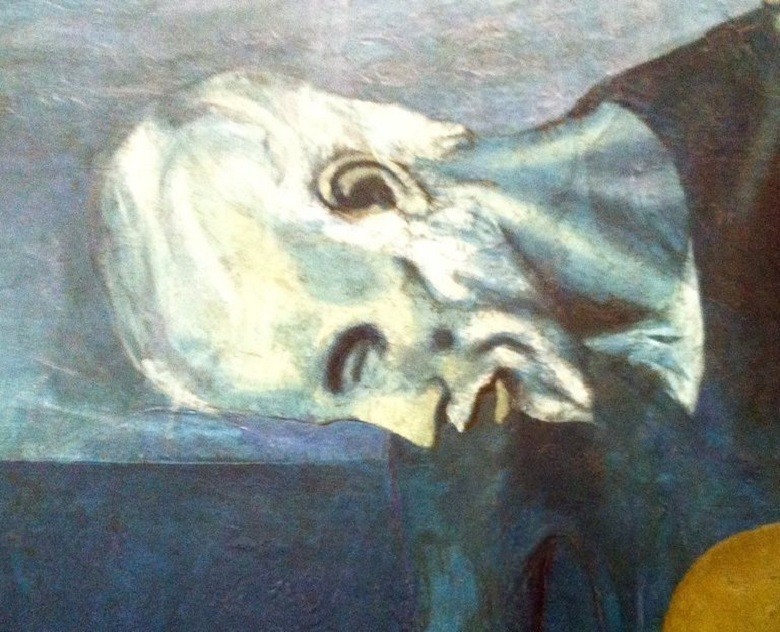
Hidden portrait in 'The Blue Room': In 2014, conservators and art curators made a significant discovery within Picasso's painting 'The Blue Room.' Utilizing infrared technology, they uncovered a portrait of a man beneath the famous image.
Experienced poverty
Picasso's empathy with the musician: Picasso's personal experiences with poverty, particularly in 1902, likely deepened his empathy for the destitute musician portrayed in "El Viejo Guitarrista." During the time he created this painting, Picasso was financially struggling, a situation that likely influenced the melancholic tone of his Blue Period works.

Long-standing speculations about 'The Blue Room': For years, art experts speculated that 'The Blue Room' concealed another painting beneath its surface. These speculations were based on apparent inconsistencies in brushstrokes that seemed out of place in the context of the woman bathing in Picasso's studio.
Partially autobiographical image
Art as solace for Picasso: Depicting the guitar as a symbol of hope in "The Old Guitarist" may have resonated deeply with Picasso, who found solace in his art during difficult times. Just as the musician clings to his guitar, Picasso clung to his art, using it as a means to cope with and express his experiences.
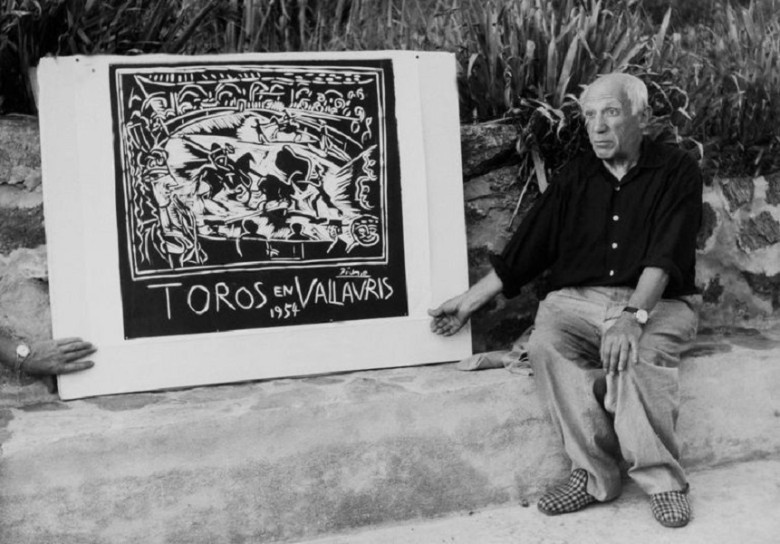
Unveiling of the portrait and its impact: The revelation of a hidden portrait beneath 'The Blue Room' was a memorable moment for art historians and restorers who had spent years studying the painting. Patricia Favero, conservator at the Phillips Collection, emphasized the significance of this discovery and highlighted the unique and rewarding nature of such findings in the art world.
Subtle tributes to a personal hero
Influence of El Greco: Picasso's admiration for El Greco, a 16th-century master known for his expressionistic style, is evident in "The Old Guitarist." The painting exhibits characteristics reminiscent of El Greco's works, particularly in the angular pose and elongated limbs of the musician.
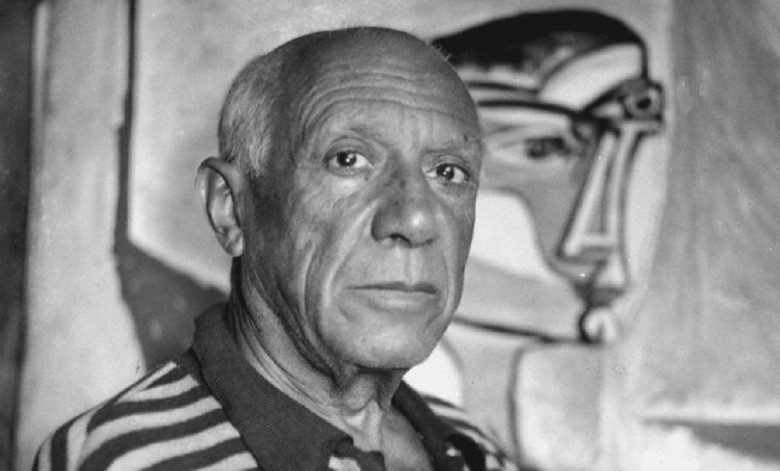
Identification of the mysterious figure: After the discovery of the hidden portrait, the main question that arose was the identity of the depicted figure. Although the subject was not considered to be a self-portrait of Picasso, there were speculations that it could be Ambroise Vollard, a Parisian art dealer who organized Picasso's first exhibition in 1901.
The Art Institute of Chicago
Physical dimensions and current location: In contrast to the limited appearance of the figure in "The Old Guitarist," the actual painting is quite large, measuring approximately four feet by two and two-thirds feet. This size lends a physical presence to the emotional intensity of the work.

Picasso's practice of concealing artworks: The discovery of hidden images is not exclusive to 'La Chambre Bleue'; similar findings have been made in other Picasso paintings such as 'La Vie' and 'Donna che Stirava.' Susan Behrends Frank, curator at the Phillips Collection, suggested that Picasso's practice of painting over previous works was motivated by his spontaneous creativity.
The first Picasso painting in an American museum
Historic acquisition by the Art Institute of Chicago: When the Art Institute of Chicago acquired "The Old Guitarist" in 1926, it was a historic moment as it became the first Picasso painting to be purchased by an American museum. It is also believed to be the first work by Picasso included in the permanent collection of any museum worldwide.
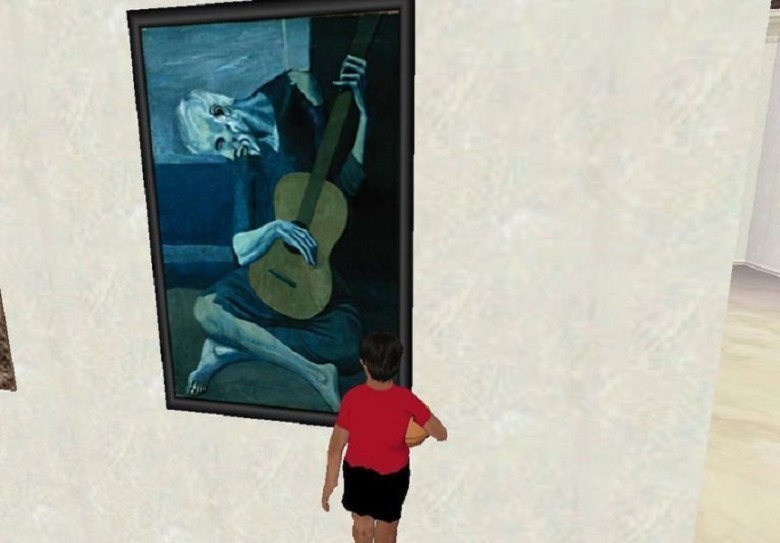
Public fascination with hidden artworks: According to Dorothy Kosinski, director of the Phillips Collection, the discovery of hidden images in Picasso's paintings has captured the public's imagination. Art enthusiasts are fascinated by the detective-like process of uncovering and interpreting these hidden works.
Something beyond the painting
Hidden layers in 'The Old Guitarist': Recent studies on "The Old Guitarist" have made a fascinating discovery: hidden layers beneath the visible paint. This revelation adds a layer of mystery and depth to the work and suggests that the canvas conceals more than meets the eye.
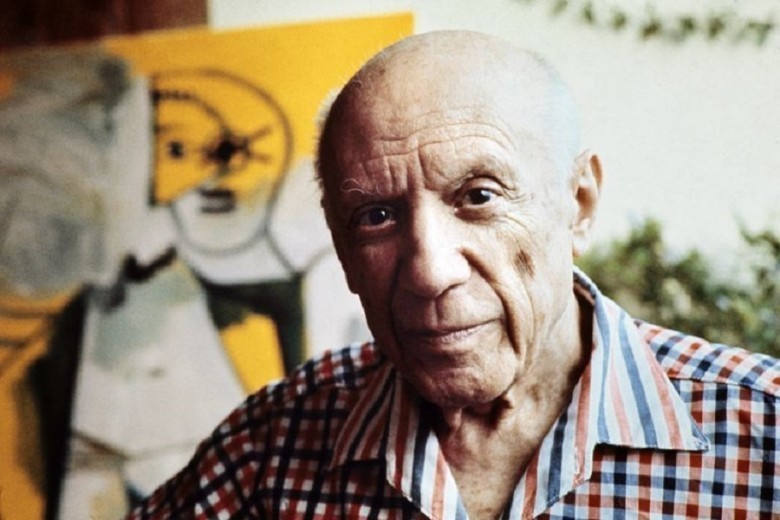
Advanced imaging techniques: Advanced imaging techniques have allowed art historians and researchers to explore these underlying images, offering new insights into Picasso's creative process and the evolution of his artistic ideas.
Uncovering hidden secrets
The mysterious face in 'The Old Guitarist': A detailed analysis of "The Old Guitarist," particularly the area above the old man's ear, reveals two eyes and the faint outlines of another face. This intriguing detail piqued the curiosity of the Art Institute of Chicago, leading to an investigation to unravel the mystery behind Picasso's famous painting.

Discovery of the hidden face: The discovery of this hidden face suggested that there was more to "The Old Guitarist" than initially appeared, indicating layers of history and creative evolution embedded in the canvas.
Not alone in the picture
Art Institute's research: The Conservation Department of the Art Institute of Chicago conducted a comprehensive analysis of "The Old Guitarist." Through X-ray technology, they were able to look beneath the surface of the painting and discovered not one, but two different hidden compositions beneath the visible image of the guitarist.
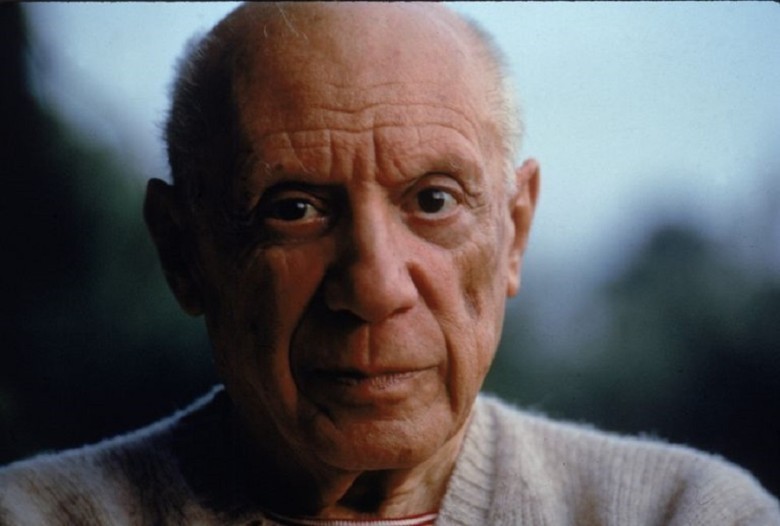
This Revelation as a Significant Turning Point: This revelation was a significant turning point, offering a rare glimpse into Picasso's creative process and the evolution of his work on this specific canvas.
The stories Picasso erased
The first hidden image: The first hidden image beneath "The Old Guitarist" was the source of the ghostly eyes and the face above the guitarist's ear. This underlying painting depicted a young nude woman sitting with a kneeling child by her side, breastfeeding.
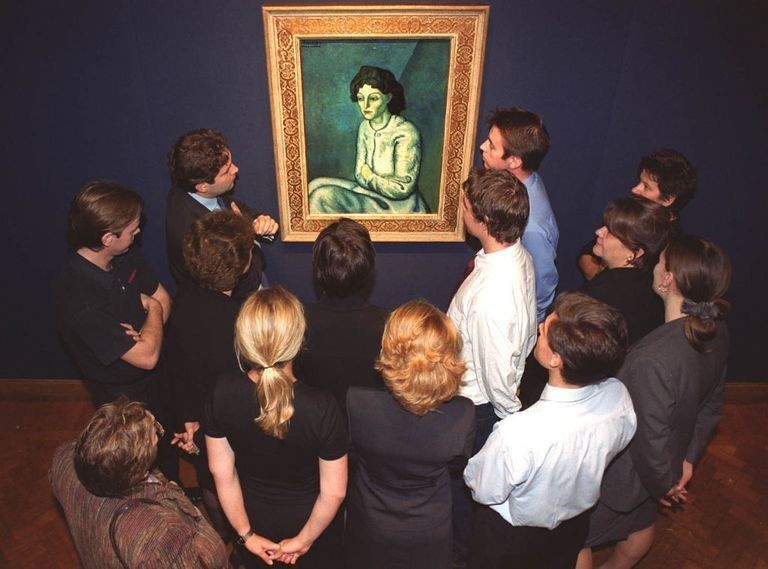
Hidden maternal scene: Additionally, researchers identified a cow and a calf within this composition. The discovery of this maternal scene added a poignant contrast to the loneliness portrayed in the final image of the old guitarist.
Could this be the evidence?
Picasso's sketch for Max Jacob: The hidden maternal scene in "The Old Guitarist" bore a striking resemblance to a sketch Picasso sent to his friend, French painter and poet Max Jacob. In his correspondence, Picasso mentioned that he was in the process of painting this image.
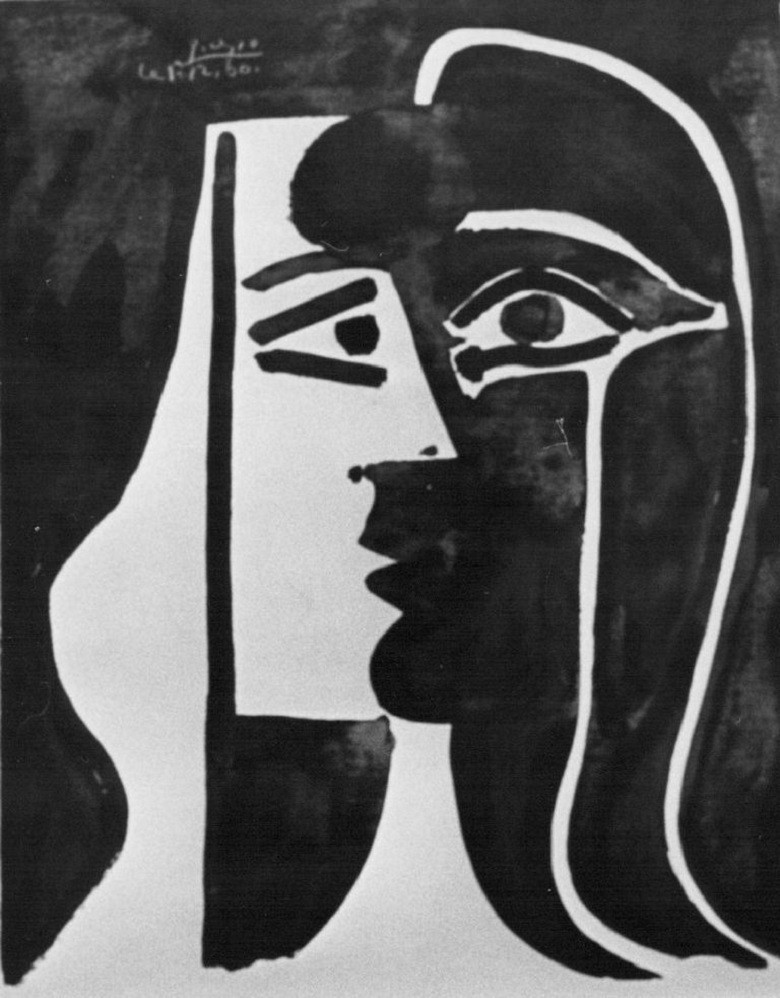
Similarity between the sketch and the hidden image: The similarity between the sketch and the hidden image suggested a direct connection between the two, offering insights into Picasso's artistic intentions in the initial stages of creating "The Old Guitarist."
Layers upon layers
The second hidden image: The second hidden image behind "The Old Guitarist" depicted an old woman sitting with outstretched arms. This figure resembled a sketch Picasso had made in the years 1902-03. The overlaying of these images suggested a complex creative process.
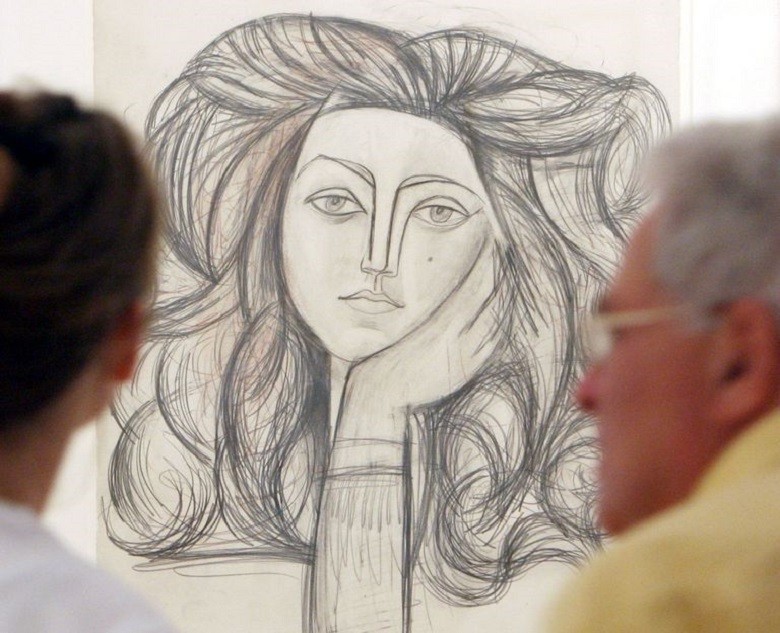
Layers of the image: The elderly woman was the deepest layer, followed by the image of the mother and child, and finally the familiar image of the musician. This stratification revealed Picasso's iterative approach to his art, reworking and evolving his ideas on the same canvas.
A touch of red
Unusual use of red: Interestingly, the image of the woman and child had a layer of red paint, an anomaly for Picasso during his Blue Period. This red layer was sandwiched between two blue layers, corresponding to the other images.

Presence of similar pigments: The presence of similar pigments in all three compositions, including ultramarine, Prussian blue, and vermilion, indicated Picasso's experimentation with colors and the evolution of his artistic palette during that period.
A surprising reconstruction
Reconstruction of 'La Femme Perdue': In 2019, scientists in London attempted to reconstruct the hidden image of the young woman and child that had been identified through X-ray technology in 1998. This effort brought Picasso's lost work, now known as "La Femme Perdue," to life years after its initial discovery.
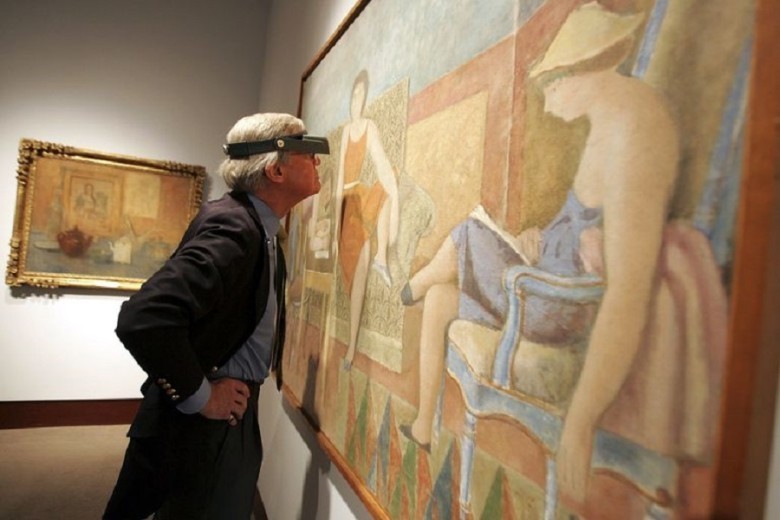
Recreation of the image: The recreation of this image was a remarkable achievement, offering a tangible representation of a previously unseen aspect of Picasso's artistic legacy and shedding new light on his work during the Blue Period.
Neural analysis technology
Reconstructing 'La Femme Perdue' with neural style transfer: To reconstruct 'La Femme Perdue', George Cann and Anthony Bourached, scientists from University College London, utilized a technique called neural style transfer. This advanced technology employs neural analysis to recognize shapes and layers within a painting, allowing researchers to combine these elements with other works to approximate their original appearance.
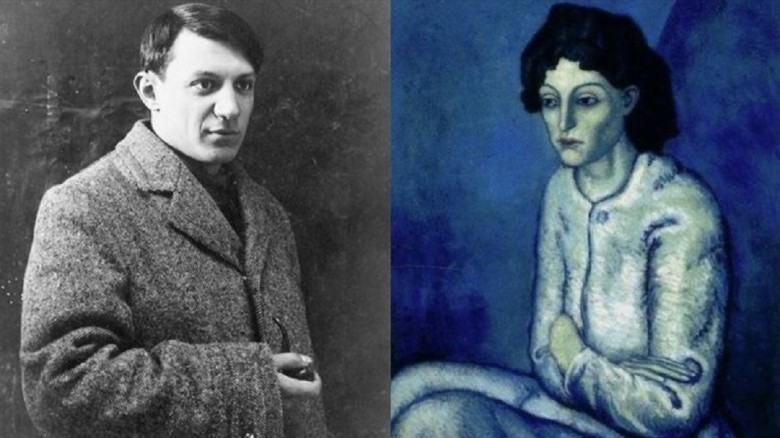
Analysis of X-ray images: By analyzing X-ray images of Picasso's "The Old Guitarist," they were able to identify and extract the underlying hidden images, providing a unique window into Picasso's creative process and the evolution of his works.
His intricate process
Scientific method explained in 'Raiders Of The Lost Art': In their 2019 article titled "Raiders Of The Lost Art," Cann and Bourached explained their innovative method of reconstructing lost artworks. They applied neural style transfer to X-ray images of paintings with hidden secondary works beneath the surface.
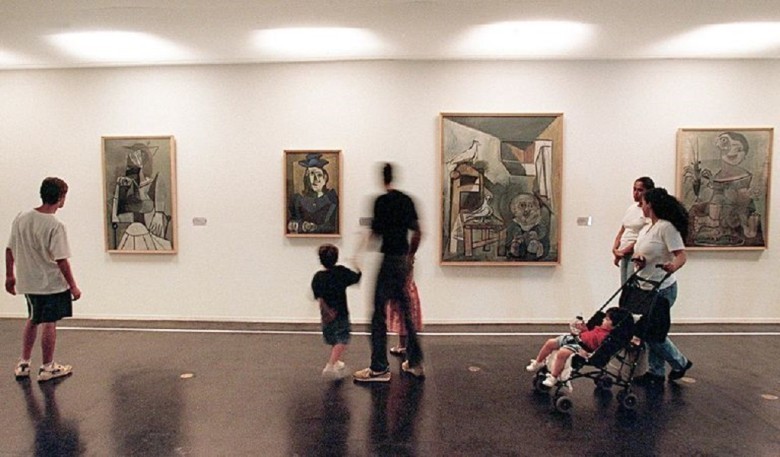
Process of reconstructing hidden artworks: This process allowed them to reconstruct the hidden artworks, offering new insights into the artistic process and the evolution of the works over time. Their groundbreaking work opened up new possibilities in art restoration and research.
What inspired Picasso?
Expanding perceptions of Picasso's artistic process: In their research, Cann and Bourached aimed to expand understanding of an artist's intentions, mistakes, and thoughts by reconstructing hidden artworks beneath the surface layers.

Revelation of hidden works: They believed that uncovering these hidden works could provide insights into the inspirations and creative processes of some of history's most influential artists. This approach offered a new way to explore and interpret the artistic journey of creators like Picasso, who often reworked their canvases.
"The Discarded Discoveries"
Picasso's practice of concealing artworks: "The Old Guitarist" is not unique in containing hidden images within Picasso's body of work. Picasso often left clues on the surface of his paintings that hinted at the presence of other works beneath.

Picasso's Iterative Approach: He once said, "What emerges at the end is the result of what was discarded," highlighting his iterative approach to art and his willingness to continuously evolve and repurpose his creations.
Frequent revisiting of old paintings
Reuse of canvases among artists: Reusing canvases or panels is a common practice among artists, often motivated by the need to conserve materials and resources. Picasso, despite overcoming his financial difficulties after his Blue Period, continued to work on his paintings throughout his career.
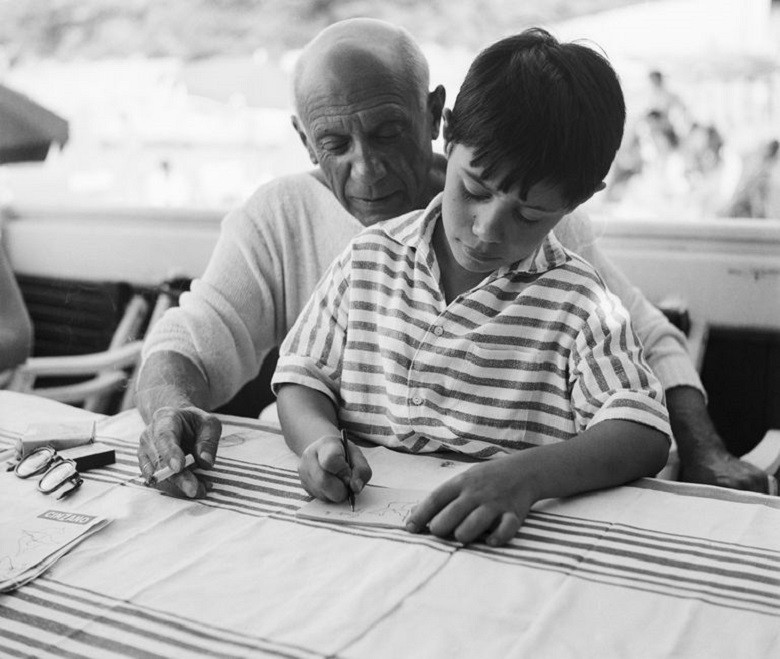
Reflective Practice: This practice was not just a matter of economy, but also a reflection of his tireless pursuit of artistic expression and experimentation.
Utilizing Infrared Technology
Hidden sketches in 'The Tragedy': Another example of Picasso's layered works is 'The Tragedy', painted in 1903 during his Blue Period. This painting, depicting three somber figures on a beach, exhibited irregularities in the paint that hinted at something underneath.
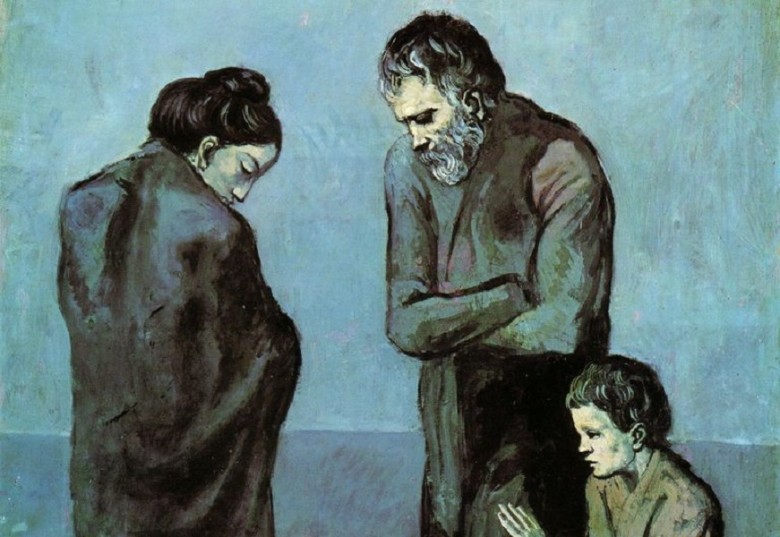
Infrared Technology for Uncovering Sketches: Using infrared technology, researchers discovered a series of sketches, including faces and caricatures, hidden beneath the visible layer, revealing another dimension of Picasso's creative process and the evolving narratives within his paintings.
Strangers in every painting
Hidden portrait in 'The Blue Room': In 2014, conservators and art curators made a significant discovery in Picasso's painting 'The Blue Room'. Using infrared technology, they uncovered a portrait of a man beneath the famous image.
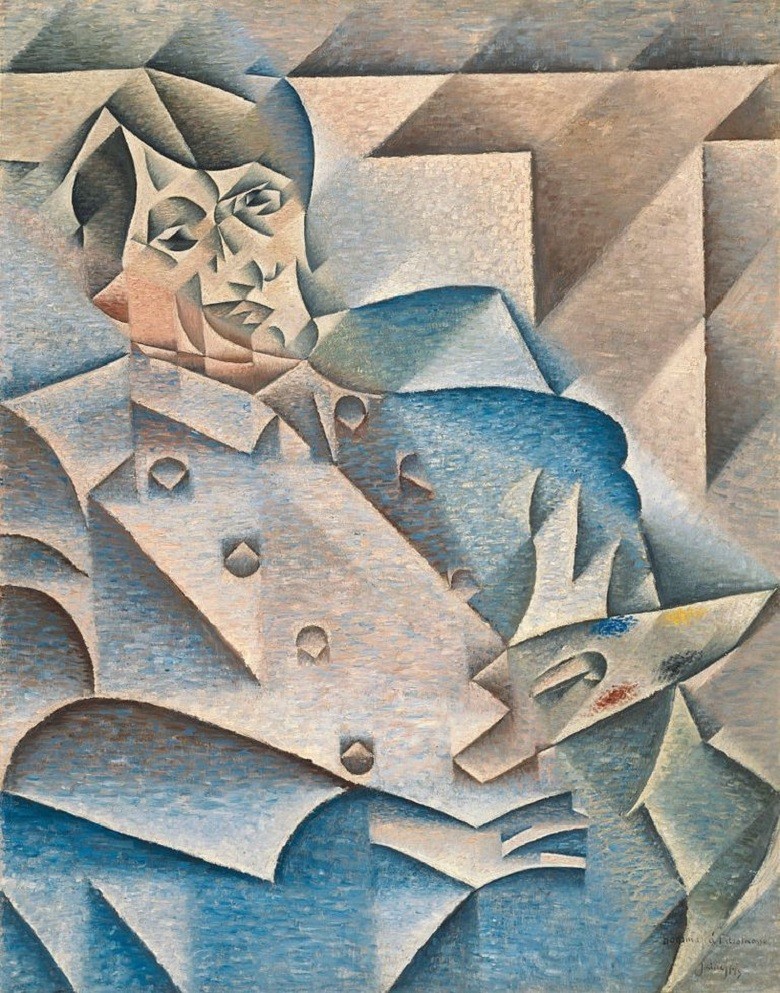
The Hidden Figure Adds Mystery: The hidden figure, depicted with a tie and resting on a hand, adds another layer of mystery and depth to Picasso's work, illustrating the complex and multifaceted nature of his artistic talent. This revelation further highlights Picasso's tendency to overlay multiple images on his canvases, each with its own story.
Thanks to X-rays
Long-held suspicions about 'The Blue Room': For years, art experts speculated that 'The Blue Room' concealed another painting beneath its surface. These suspicions were based on evident inconsistencies in brushstrokes that seemed out of place in the context of the woman bathing in Picasso's studio.
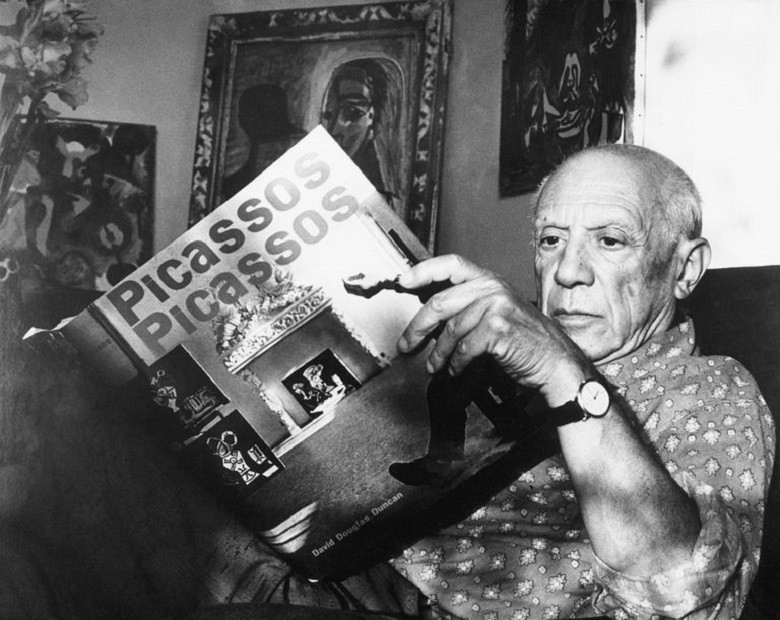
Complexity Revealed in the '90s: The true complexity of the painting remained a mystery until the '90s when an X-ray finally confirmed the existence of a hidden layer, validating the long-held suspicions of the art community and opening a new chapter in understanding Picasso's work.
A Moment of Discovery
Unveiling the portrait and its impact: The revelation of a hidden portrait beneath 'The Blue Room' was a memorable moment for art historians and restorers who had spent years studying the painting. Patricia Favero, conservator at the Phillips Collection, emphasized the significance of this discovery, highlighting the unique and rewarding nature of such revelations in the art world.
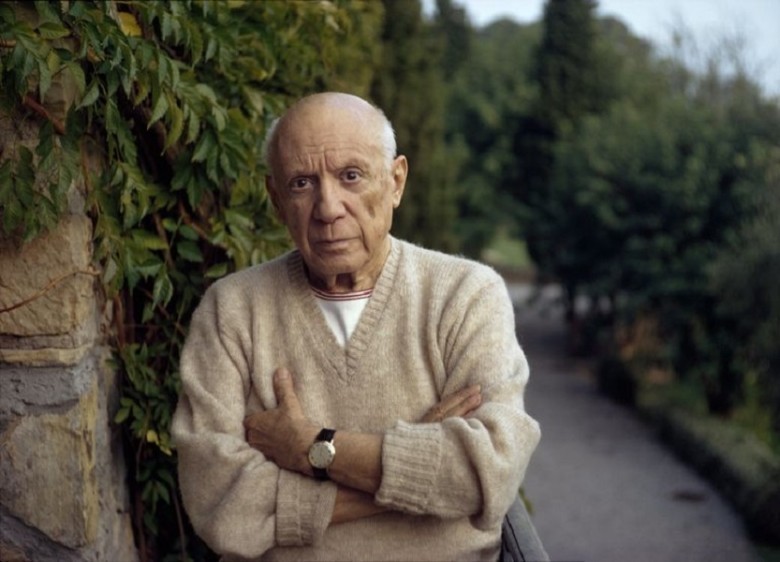
New Questions from the Mysterious Portrait: However, the unveiling of this mysterious figure posed new questions, adding an intriguing layer to the study of Picasso's work and challenging art experts to delve further into its origins and meaning.
"Who is That?"
Identifying the mysterious figure: After the discovery of the hidden portrait, the main question that arose was the identity of the depicted figure. Although the subject was not considered a self-portrait of Picasso, there were speculations that it could be Ambroise Vollard, a Parisian art dealer who organized Picasso's first exhibition in 1901.
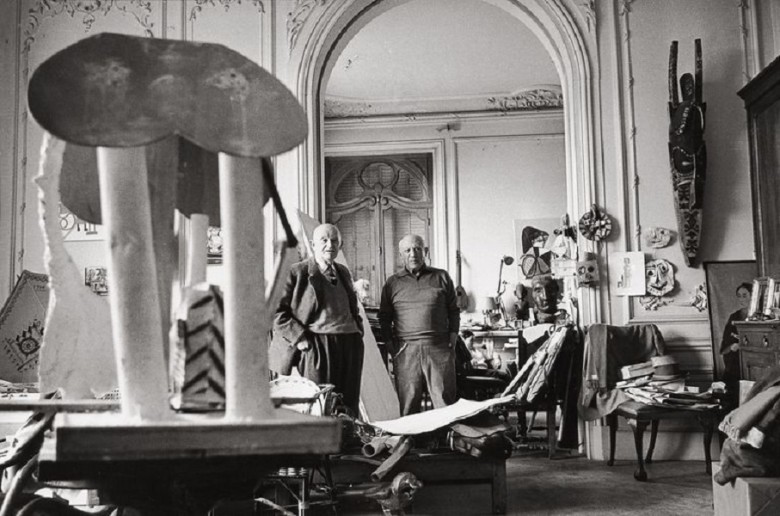
Connection to a Significant Moment: This possibility links the painting to a significant moment in Picasso's early career, potentially offering insights into his artistic circle and influences of that period.
Thanks to X-rays
Long-held suspicions about 'The Blue Room': For years, art experts suspected that 'The Blue Room' concealed another painting beneath its surface. These suspicions were based on evident inconsistencies in brushstrokes that seemed out of place in the context of the woman bathing in Picasso's studio.
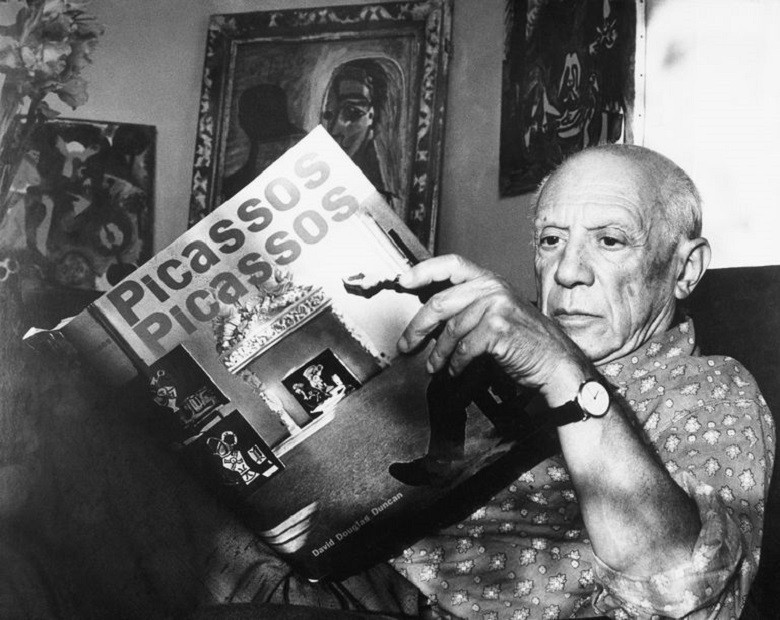
Complexity Revealed in the '90s: The true complexity of the painting remained a mystery until the '90s when an X-ray finally confirmed the existence of a hidden layer, validating the long-held suspicions of the art community and opening a new chapter in understanding Picasso's work.
A Moment of Discovery
Unveiling the portrait and its impact: The revelation of a hidden portrait beneath 'The Blue Room' was a memorable moment for art historians and restorers who had spent years studying the painting. Patricia Favero, conservator at the Phillips Collection, emphasized the significance of this discovery, highlighting the unique and rewarding nature of such discoveries in the art world.
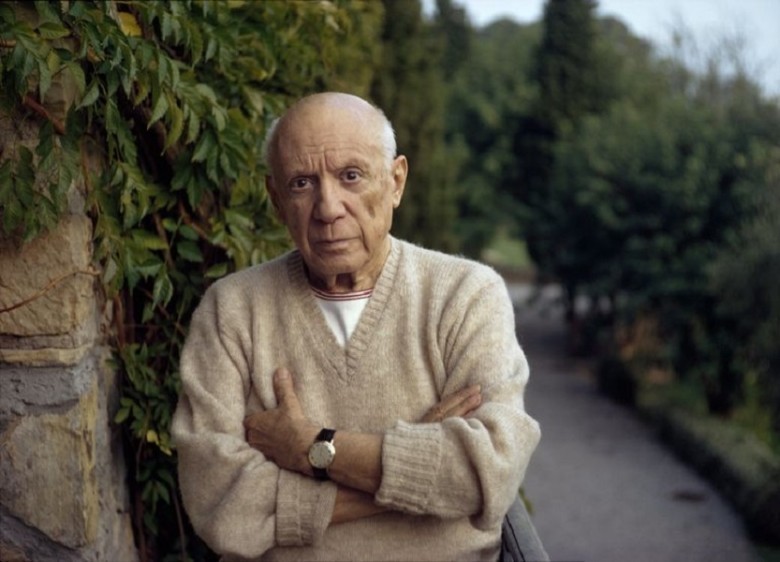
New Questions from the Mysterious Portrait: However, the revelation of this mysterious figure posed new questions, adding an intriguing layer to the study of Picasso's work and challenging art experts to delve further into its origins and meaning.
"Who is That?"
Identifying the mysterious figure: After the discovery of the hidden portrait, the main question that arose was the identity of the depicted figure. Although the subject was not considered a self-portrait of Picasso, there were speculations that it could be Ambroise Vollard, a Parisian art dealer who organized Picasso's first exhibition in 1901.
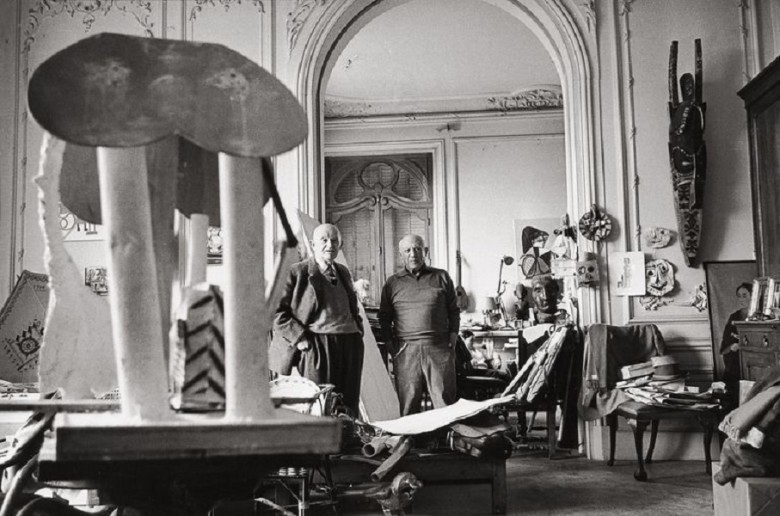
Connection to a Significant Moment: This possibility links the painting to a significant moment in Picasso's early career, potentially offering insights into his artistic circle and influences of that period.
Breathing Life into Ideas at Any Cost
Picasso's practice of concealing artworks: The discovery of hidden images is not limited to 'The Blue Room'; similar discoveries have been made in other paintings by Picasso such as 'The Life' and 'Woman Ironing'. Susan Behrends Frank, curator at the Phillips Collection, suggested that Picasso's practice of painting over older works was motivated by his spontaneous creativity.
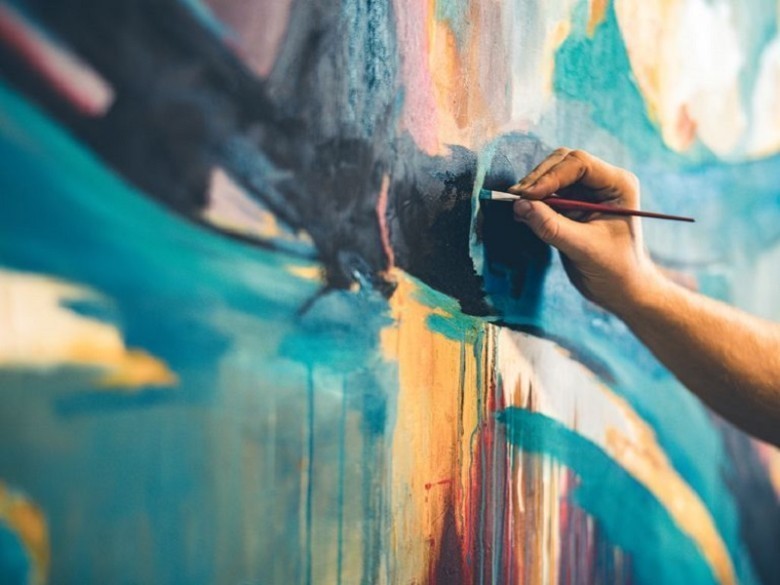
Picasso's Creative Urge: When an idea struck Picasso, he felt compelled to capture it immediately, even if it meant painting over an existing work, reflecting his dynamic and fluid artistic process.













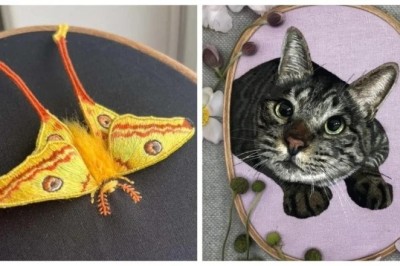
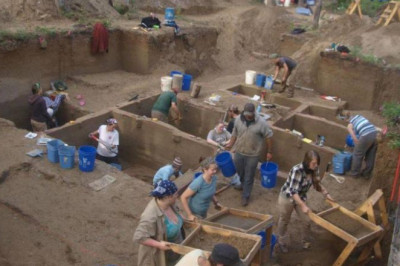





Comments
0 comment